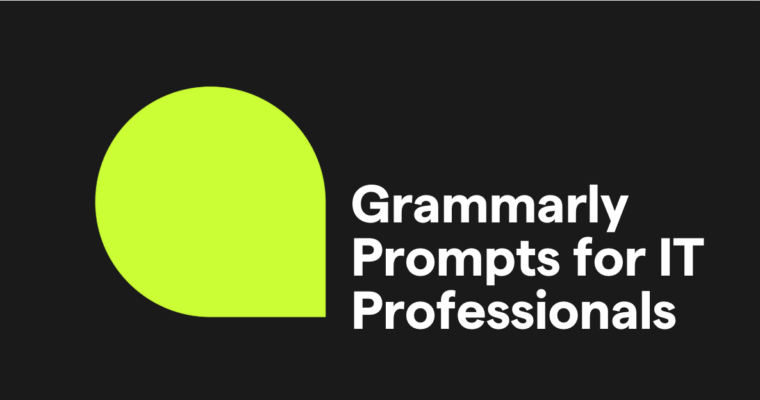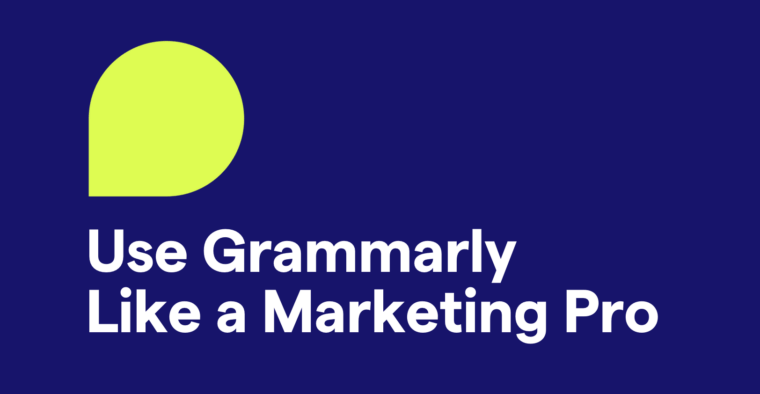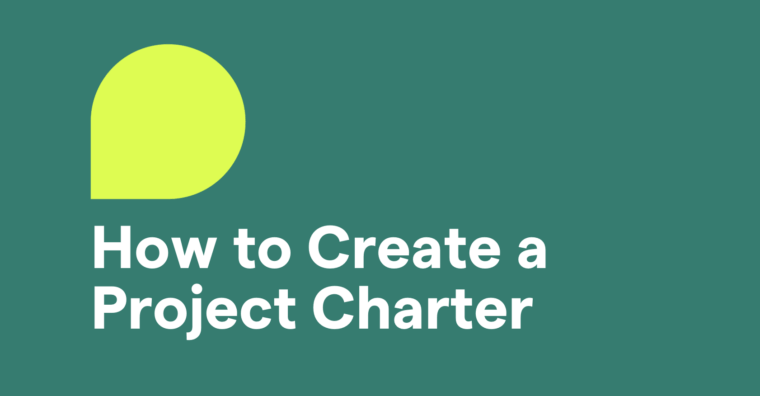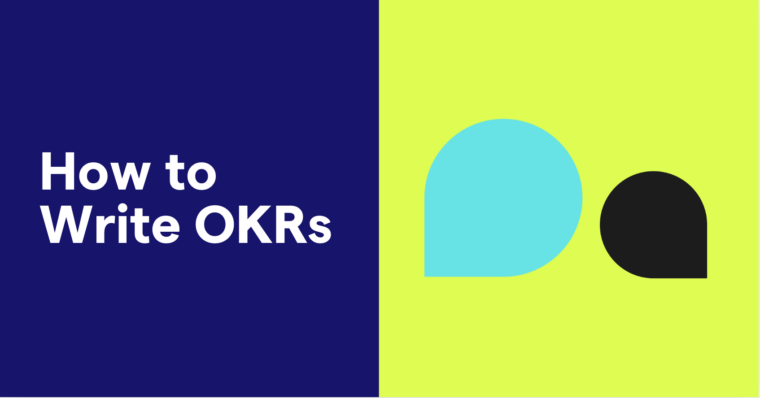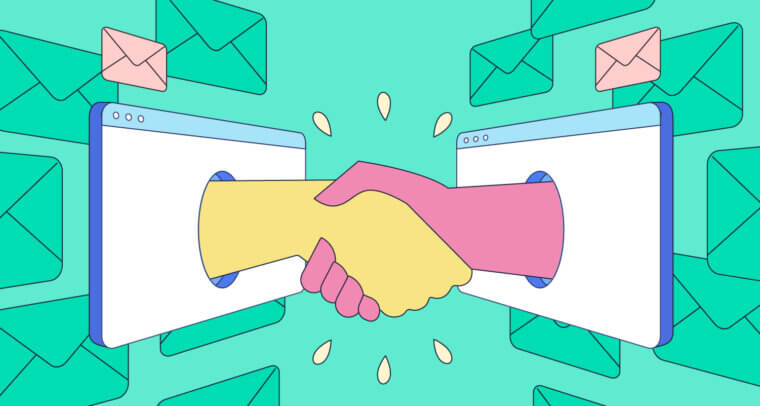
Making a good first impression is important, and that can be challenging over the medium of email. In a one-sided message, the lack of visual cues such as facial expressions or body language to add warmth or confidence to the exchange can make introductory wording feel stiff or bland.
Have you ever used any of the following phrases?
“I’d like to introduce myself.”
“It’s nice to e-meet you!”
“We’ve never met, but . . .”
Chances are you have. We all have! Phrases like these may be straightforward, but they also have a way of making your reader’s eyes gloss over. That’s why it’s important to move beyond these kinds of openers. That way, you can make your emails feel fresh while also making a good first impression.
Read on for specific tips for certain email situations, along with five creative alternatives to those old standbys.
How to connect two people over email
Connecting colleagues or friends sounds great in theory, but it presents a bit of a logistical challenge. After all, emails are typically a one-to-one (or one-to-many) medium. Once you’ve made sure both parties consent to the introduction, the best way to get around that issue is to attack things head-on and address each person separately.
Option 1: Be formal and straightforward
What to include:
- An explanation of why the two people should meet each other
- Some pleasantries to close
Subject: X Name / Y Name
Body:
Hello X and Y!
X, meet Y. Y is on the marketing team at my company and is focused on consumer research.
Y, meet X. X is considering transitioning into consumer research and is interested in talking to a seasoned pro.
I’ll let you take it from here!
Thanks,
[Your name/signature]
This approach works because it not only gives the recipients a quick recap of the situation (in both the subject line and structure), but it also starts the email with key information. Namely, it states why each recipient should care about meeting each other.
Option 2: Strike a friendly tone
Alternatively, if it’s a casual social introduction, you can add more warmth. But, still aim to keep things simple.
What to include:
- A brief explanation of why the two people should be acquainted
- Note: It’s acceptable to use a more casual or even playful tone.
Subject: Connecting X and Y
Body:
Hey X and Y!
I’m excited to introduce you two! You’re both cat enthusiasts, especially when it comes to internet cat memes. I think you’d hit it off and would have a lot to talk about meow.
Thanks,
[Your name/signature]
How to introduce yourself to a new contact
Reaching out to a new connection can feel daunting. Remember to clarify how you know your recipient and keep your message gracious and concise.
Option 1: Politely jog their memory
Knowing the person you’re emailing—even if you’ve only met in passing—makes it more likely the recipient will read on. So pointing out that connection is key.
What to include:
- Where and when you met
- Why you’re reaching out and what they should know about you
- A call to action
- Some pleasantries to close
For example, if you met at a recent work conference, you can say:
Subject: [Your name, company]
Body:
Hello X,
It was great to meet you at the [conference name] last week.
I enjoyed our brief conversation about software development. As a front-end developer, I’m interested in learning more about your approach.
I’d like to schedule a meeting for next week to discuss your team’s software development projects.
I appreciate you taking the time and look forward to our chat.
Thanks,
[Your name/signature]
Option 2: Name a common acquaintance
Or, perhaps you’re leveraging your network to reach someone you haven’t yet met in person. Ideally, you’d use that common connection as a way to make the first move. But that isn’t always possible. In that case, you should still focus on that common acquaintance.
What to include:
- How you’re commonly connected
- Why you’re reaching out and what value you could bring
- A call to action
- Some pleasantries to close
Subject: [Why they need your product/services or why you’re reaching out]
Body:
Hello X,
I’m a colleague of Y, who suggested I reach out. I’m Z, [your job title] at [company]. My team offers training on various software systems and I understand you’re looking to invest in professional development at your company.
I’d love to set up a demo of what we can offer this month. Let me know if you’re available later this week.
Thanks,
[Your name/signature]
How to make a cold introduction
Cold outreach is often the most difficult way to get someone’s attention. After all, seeing an unknown name in your inbox makes it easier to ignore. And unsolicited messages often break email etiquette, making the bias against them a steeper obstacle to overcome.
But there are ways to do cold outreach right. Here’s one effective method.
Highlight your value
What to include:
- How you found them, if relevant, and why you’re reaching out
- An example of their work you admire, if applicable
- The value you could bring to them
- A call to action
- Some pleasantries to close
Subject: [Why you’re reaching out / sincere compliment]
Body:
Hello X,
I’m Y, [job title] at [company]. I’ve been following your work for a while now and especially loved your latest blog post on productivity hacks.
I was wondering if you’d be interested in writing for [Z publication]. Productivity and other workplace topics really resonate with our readers. We have a great content distribution model, with an audience reach of 500k page views per month.
I’d be happy to set up a call for next week to discuss writing opportunities. I look forward to speaking with you soon.
Thanks,
[Your name/signature]
You don’t need to say that you haven’t met—doing so only reminds them that they can ignore you, so it’s best skipped. You should also take care to use the contact’s proper spelling and title in your greeting. And, as with any email, your goal should be to keep things brief and to the point.

